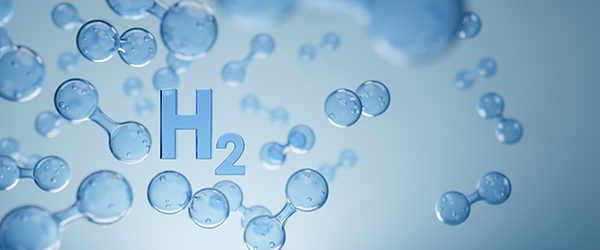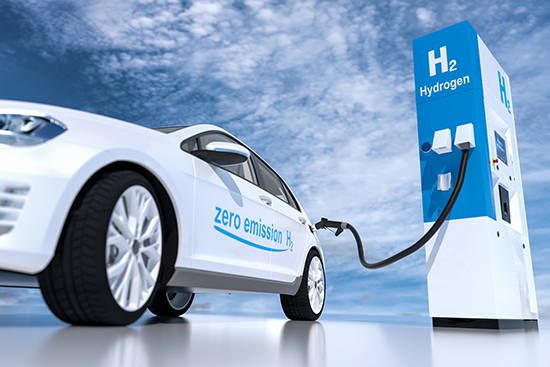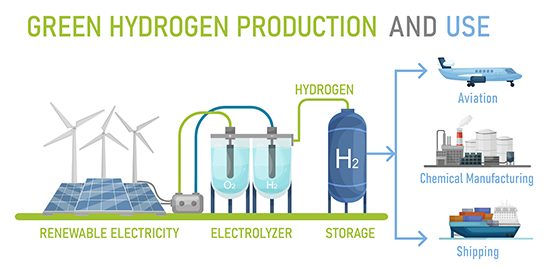How Does Hydrogen Fuel Work?
Is It Clean Energy?

Hydrogen can be produced using clean energy with oxygen as the only by-product. This, and the fact that it is the lightest element in the universe, the simplest consisting of only one proton and one electron, and the most abundant, are primary factors driving this alternative fuel. However, it does not exist on its own. Hydrogen is found in water, in hydrocarbons, and in other organic matter. Hydrogen is an energy carrier, not an energy source. To be used as fuel, it must be separated into pure hydrogen. The challenge is extracting it from these compounds.
Currently, about 90% of hydrogen is produced from fossil fuels. Hydrogen can also be produced from biomass. Producing hydrogen from water (using electrolysis) can be done with renewable energy such as wind or solar. Once pure hydrogen is produced, hydrogen fuel merges with oxygen through a fuel cell (Fuel cell - Wikipedia) creating electricity and water.  Hydrogen fuel stores three times as much energy per unit of mass as conventional petroleum based products. When a fuel cell electric vehicle (FCEV) runs on hydrogen, the stored energy is released, or burned, and only water vapor and warm air are emitted. If every driver in the USA drove an FCEV, we’d all breathe easier!
Hydrogen fuel stores three times as much energy per unit of mass as conventional petroleum based products. When a fuel cell electric vehicle (FCEV) runs on hydrogen, the stored energy is released, or burned, and only water vapor and warm air are emitted. If every driver in the USA drove an FCEV, we’d all breathe easier!
Unfortunately, FCEVs are not yet in widespread use. Much research and development, which often translates to higher costs, is necessary as the infrastructure is not in place for mass use. Some states and businesses using light-duty vehicles are only beginning to implement fleets using hydrogen fuels. FCEVs are considered zero-emission vehicles. Hydrogen can fuel internal combustion engines, as well. However, this is less efficient and still produces tailpipe emissions.
Those favoring the use of hydrogen fuels consider it significant to industries such as aviation and heavy industry, especially as relates to reducing carbon emissions. In the aerospace industry, the quantity of energy of hydrogen fuel storage by weight surpasses batteries. Electricity production by hydrogen could assist power grids in times of low wind or solar output. One concern is storage as hydrogen molecules can leak out of containers, as they are so very small.

Types of hydrogen are identified by color. Currently, there are three major types: Grey, Blue, and Green. Grey is the least expensive but is a pollutant. Blue captures about 85 to 90% of CO2 and costs more. Green, the best approach for reducing carbon emissions, of course costs more. Because of the higher cost, many advocates believe blue hydrogen will play a major role in hydrogen use.

